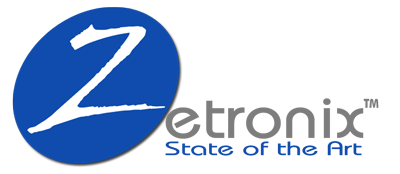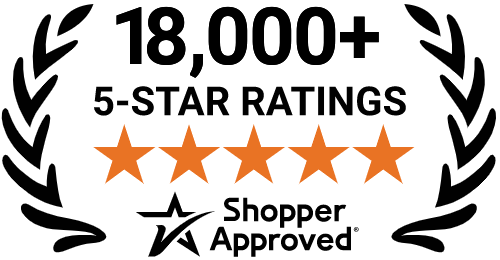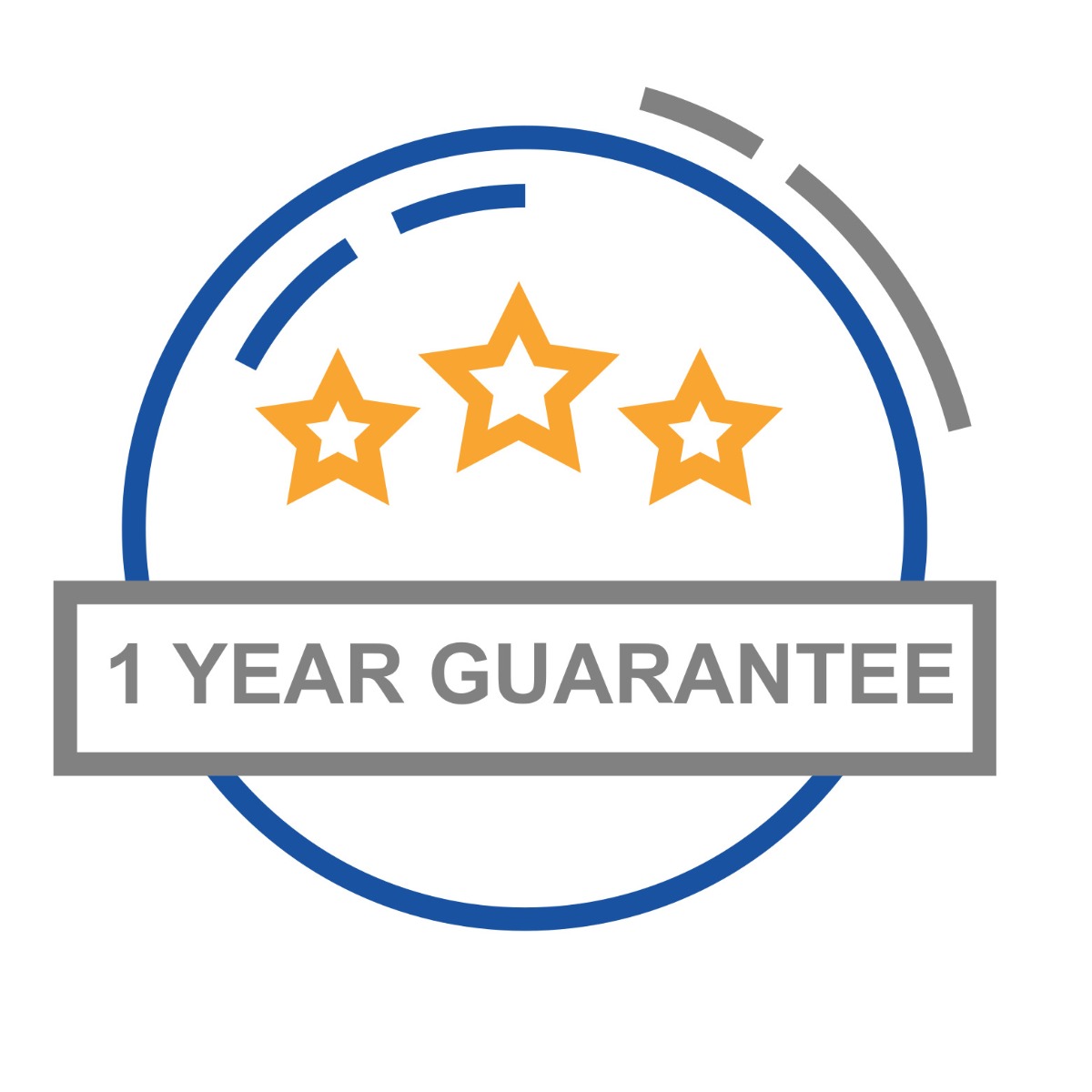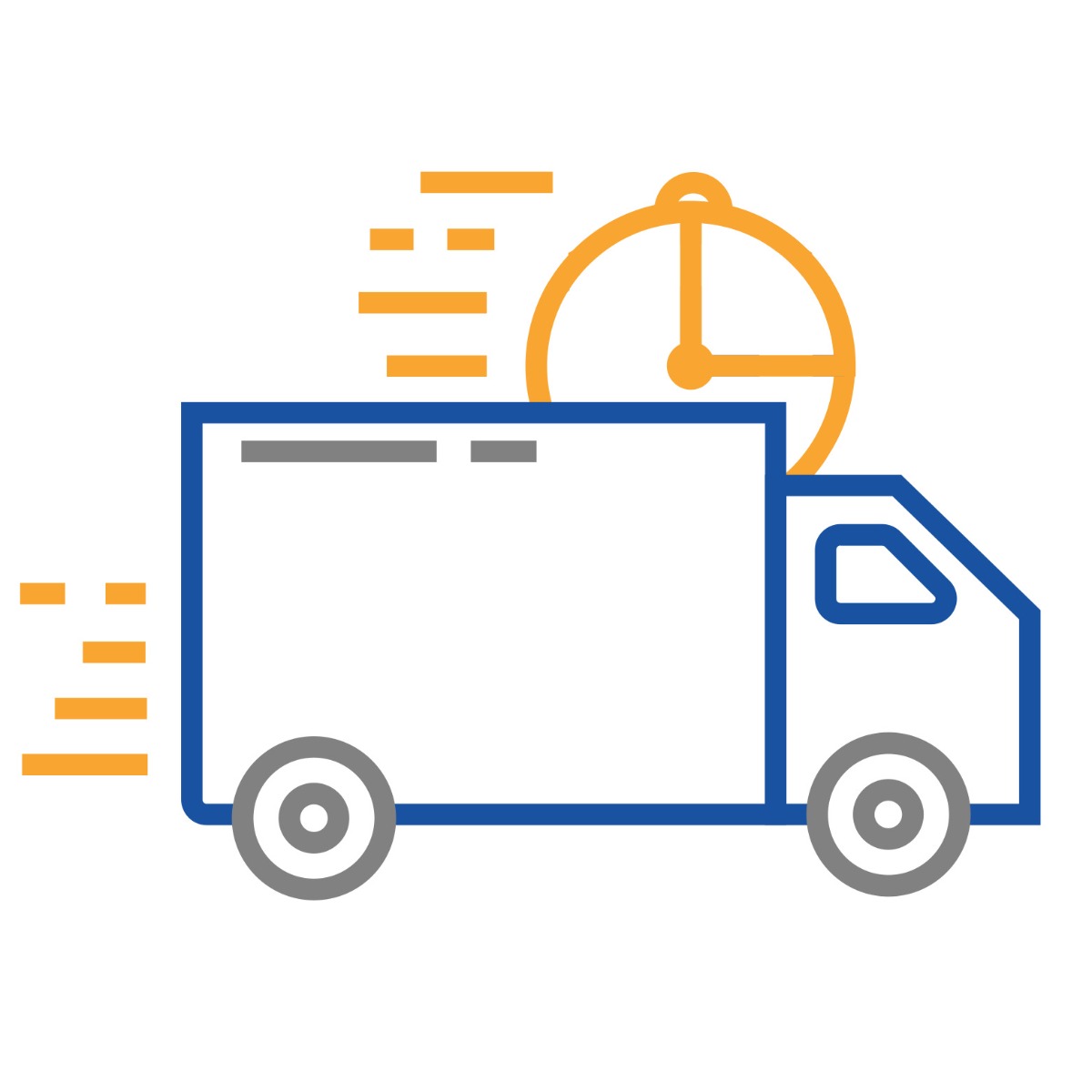The Advantages of Remote Monitoring with Security Cameras

In our rapidly evolving world, the significance of robust security measures is more pronounced than ever. Among many strategies, remote monitoring using security cameras emerges as a pivotal element in contemporary security frameworks. This technology not only fortifies safety but also redefines it across various domains.
This article explores the multifaceted advantages of remote monitoring systems, illuminating their transformative impact on safety and security practices. From offering 24/7 surveillance to integrating with advanced technological solutions, these systems are reshaping the landscape of security measures.
By examining their extensive benefits, we gain insight into how remote monitoring revolutionizes the approach to safeguarding assets, information, and individuals in diverse settings.
Enhanced Security and Constant Vigilance

The continuous surveillance provided by remote monitoring systems marks a significant advancement in security technology. This 24/7 operation offers several key benefits:
- Deterrence of Criminal Activity: The presence of security camera systems serves as a visible deterrent to would-be intruders. Knowing that an area is under constant watch discourages criminal attempts before they occur.
- Immediate Detection of Security Breaches: With continuous monitoring, any unusual activity is quickly noticed, allowing prompt responses. This rapid detection is crucial in preventing or minimizing the impact of security incidents.
- Comprehensive Coverage: Unlike periodic patrols, remote monitoring ensures that all areas are constantly under surveillance. This means no lapse in security coverage, ensuring all vulnerable points are guarded.
- Advanced Technology Integration: Many modern remote monitoring systems have advanced features like motion detection, night vision, and facial recognition. These technologies enhance the capability of surveillance systems to detect and report suspicious activities.
- Remote Access and Control: Users can access live feeds and recordings remotely to monitor their property from anywhere. This adds an extra layer of convenience and control.
This enhanced level of security and vigilance is precious in settings where constant monitoring is essential, such as banks, commercial properties, and sensitive government facilities.
Cost-Effective Security Solutions
Remote monitoring systems present a cost-effective alternative to traditional security methods, offering several financial benefits:
- Reduction in Personnel Costs: The need for on-site security personnel is significantly reduced by relying on remote monitoring. This translates into substantial savings in salaries, benefits, and other related expenses.
- Wider Area Coverage: A single remote camera system can cover a much larger area than a security guard can patrol, making it a more efficient option, especially for large premises.
- Prevention of Theft and Vandalism: By acting as a deterrent and providing swift detection of criminal activities, these systems can prevent potential losses due to theft or vandalism.
- Lower Insurance Premiums: Many insurance companies offer reduced premiums to businesses and homeowners who install advanced security systems, recognizing the decreased risk of theft and damage.
- Scalability and Flexibility: Remote monitoring systems are scalable, meaning they can be expanded or modified as needed without incurring significant costs. This adaptability makes them a long-term, cost-effective security solution.
- Minimal Maintenance: Modern surveillance cameras, such as solar power security camera, are designed for durability and require minimal maintenance, further reducing long-term costs.
Real-Time Alerts and Quick Response

The capability of remote monitoring systems to provide real-time alerts is a cornerstone of their effectiveness:
- Immediate Notification: When suspicious activity is detected, these systems send instant alerts to owners or security personnel. This feature enables a rapid response to potential threats.
- Prevention of Criminal Activities: The quick alert system can prevent or interrupt criminal acts in progress, thereby safeguarding property and individuals.
- Beneficial for Remote Locations: Real-time alerts are especially crucial for remote or not frequently visited properties. They provide a security presence even when the owner is not physically there.
- Customizable Alert Settings: Users can customize the alert system to notify them about specific types of activities, ensuring they receive relevant and vital notifications.
This immediate communication line is critical in maintaining the safety and security of premises, particularly in situations where every second counts.
Accessibility and Convenience
Remote monitoring systems are lauded for their accessibility and user-friendly nature:
- Global Access: Owners can access the surveillance feed from any location worldwide, provided they have internet connectivity. This global access ensures constant connection to the monitored site.
- Useful for Frequent Travelers: For individuals who travel often or own multiple properties, remotely monitoring their premises is invaluable.
- Mobile Integration: Many systems offer mobile app integration, allowing users to view live feeds or recorded footage directly on their smartphones or tablets.
- Ease of Use: Modern interfaces are designed to be user-friendly, allowing even those with minimal technical skills to navigate and use the system effectively.
This level of accessibility and convenience makes remote monitoring an attractive option for a wide range of users.
High-Quality Imaging and Coverage

The advanced imaging technology of modern security cameras enhances the overall effectiveness of remote monitoring systems:
- Crystal Clear Resolution: High-definition video ensures the footage is clear and detailed, vital for identifying persons or activities of interest.
- Wide-Angle Coverage: Cameras equipped with wide-angle lenses, such as a good wifi nanny cam, can cover larger areas, reducing the number of blind spots.
- Night Vision Capabilities: Many cameras come with night vision, allowing for clear footage even in low-light conditions.
- Zoom and Pan Features: Advanced cameras offer zoom and pan options, enabling users to focus on specific areas for a better view.
These features ensure that the coverage is extensive but also precise and effective in various conditions.
Easy Integration and Flexibility
The adaptability of remote monitoring systems is a key feature that enhances their utility:
- Compatibility with Other Systems: These systems can seamlessly integrate with other security measures like alarms, motion sensors, and smart home devices.
- Customizable for Different Needs: The system can be tailored to fit specific security requirements, whether for a small residence or a large industrial area.
- Scalability: As needs evolve, the system can be scaled up or modified, providing flexibility and adaptability.
This ease of integration and flexibility makes these systems a long-term, viable solution for diverse security needs.
Record Keeping and Evidence Collection
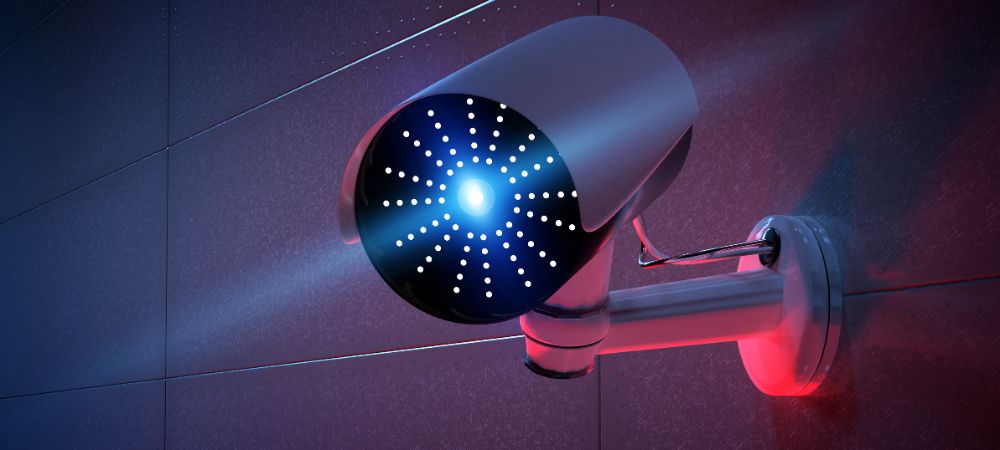
Remote monitoring systems are not just for immediate surveillance but also serve as an effective tool for record-keeping:
- Secure Storage of Footage: These systems securely store video footage, which can be accessed and reviewed.
- Crucial for Legal Evidence: The footage can be used as reliable evidence in legal scenarios, aiding in resolving disputes or investigations.
- Time-Stamped Records: The cameras provide time-stamped videos, which are crucial in piecing together events for investigations.
- Incident Review and Analysis: Stored footage allows for a retrospective analysis of incidents, which can be vital for improving future security measures.
FAQs:
What are the main advantages of using remote monitoring with security cameras?
Remote monitoring offers several key benefits, including 24/7 surveillance, real-time alerts, cost-effectiveness, and high-quality video footage. It also provides the convenience of monitoring from anywhere in the world, easy integration with other security systems, and valuable record-keeping for legal and investigative purposes.
Can remote monitoring systems be integrated with existing home security systems?
Yes, most remote monitoring systems are designed to be compatible with existing security setups. They can be integrated with alarms, motion sensors, and even smart home devices, offering a comprehensive and cohesive security solution. This integration enhances the overall effectiveness and convenience of your home security system.
How does real-time alerting work in remote monitoring systems?
Real-time alerting is a feature where the system notifies the owner or designated security personnel immediately when it detects suspicious activity. This is typically achieved through motion detection technology, and alerts can be received via email, SMS, or a dedicated app. This prompt notification allows for a swift response to potential security threats.
Are remote monitoring systems suitable for small businesses?
Absolutely. Remote monitoring systems are highly beneficial for small businesses. They offer cost-effective security, reduce the need for physical security personnel, and provide extensive coverage. Small business owners can monitor their premises remotely, ensuring the safety of their assets and employees even when they are not on-site.
What kind of internet connection is required for effective remote monitoring?
A stable and reasonably fast internet connection is essential for effective remote monitoring. The exact speed requirement can vary based on the number of cameras and the video feed quality. Generally, a broadband internet connection with a minimum upload speed of 1-2 Mbps per camera is recommended for optimal performance.
Can the footage from remote monitoring cameras be used as legal evidence?
Yes, footage from remote monitoring cameras can often be used as legal evidence. These cameras typically record high-quality, time-stamped videos, which can be crucial in legal scenarios. However, it's important to ensure that the surveillance complies with local laws and regulations regarding privacy and data protection.
Conclusion:
Integrating remote monitoring with security cameras into our daily lives is not just a trend; it's a forward-thinking approach to safety and security. As we navigate through an era where technology continually enhances our lives, it's clear that these systems are more than just tools; they are guardians of our peace of mind.
If you're looking to adopt this advanced level of security, Zetronix offers a range of updated remote monitoring gadgets tailored to meet your needs. Explore their collection today and take a significant step towards creating a safer, more secure environment for yourself and your community. Choose Zetronix for state-of-the-art security solutions.
